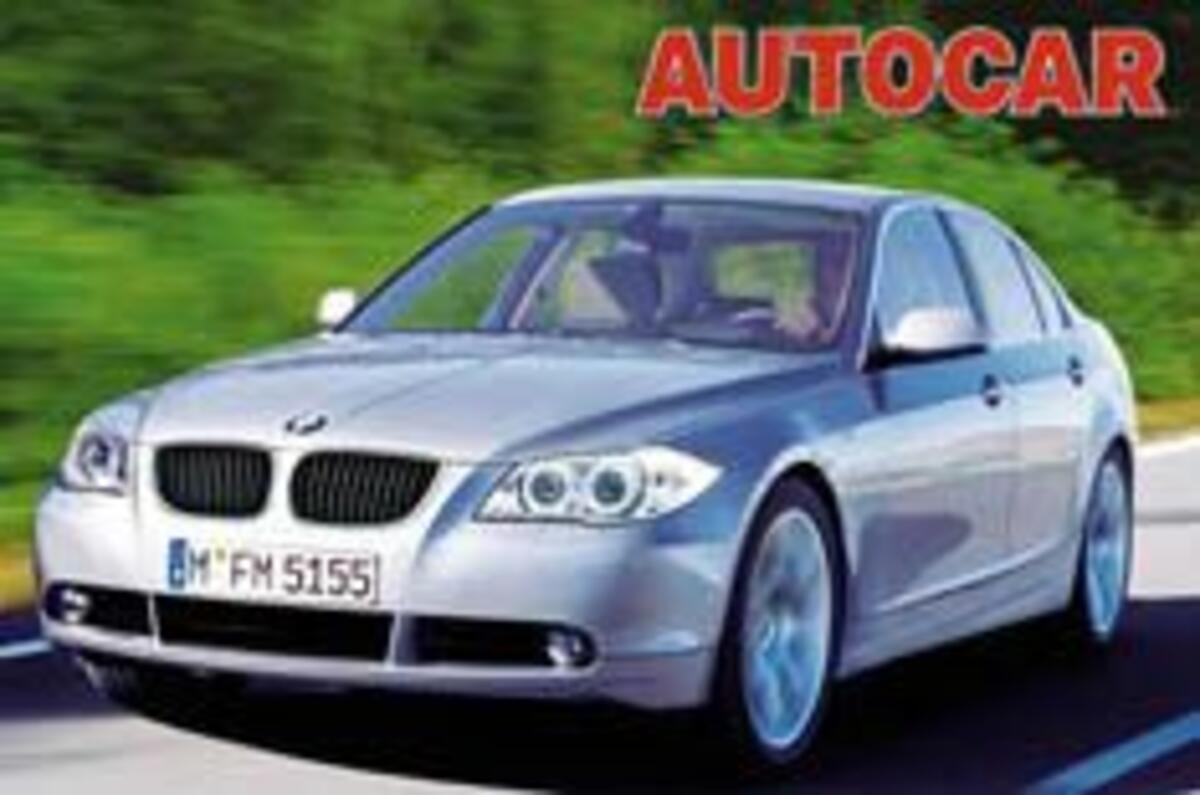Now that BMW has launched its baby 1-series, the next new model waiting in the wings is the 3-series, the bedrock of its business and its most successful model of all time. The new Three will roll into UK showrooms next summer and will eventually sire at least four models, including the saloon, estate, cabriolet and coupé.
There are suggestions that it may also provide the basis for a compact five-seater MPV, as part of BMW’s so-called ‘space functional concept’. Its mechanical package is also likely to influence the replacements for today’s Z4 and X3. This is a crucial car for BMW, and millions of 3-series drivers around the world.
Design & Engineering
Take one look at the scoop shot (right) and artists’ impressions (gallery) here and it quickly becomes apparent that this is a less extreme iteration of BMW’s new look. Instead of thesurprising forms and details of the 1-, 5- and 7-series, the new Three is a less jarring,more conservative design.
The reason is simple. The 3-series is the cornerstone of BMW’s business, accountingfor 57 per cent of its global sales last year, with 528,258 units sold worldwide. BMW knows it cannot afford to be too radical with this one.
‘The basic form of the 3-series is long-established,’ said recently promoted design director Chris Bangle. ‘It’s the proportions that are important; we have worked hard at getting them right. We want to make a new statement.’
The new 3-series and its closely related 1-series sibling are to be built in high volumes– insiders talk of combined numbers as high as 750,000 by 2007. Because of this, the new Three’s floorpan and inner body structure will be predominantly made of steel. The hybrid construction technique pioneered on the 5- and 6-series might have helped the weight balance by using aluminium for the load-bearing structure forward of the windscreen, but this was considered too complex and costly for large-scale production on volume cars like the new 1- and 3-series.
Instead, the new Three uses a variety of high-tensile steels and so-called tailored blanks (sheets of steel in varying thicknesses) to help keep weight down while also increasing rigidity.
No figures are yet available, but the BMW will be bigger in every dimension. This is partly to distance it from the 1-series, allowing the 3-series to move half a class upmarket – in both size and price.
Another innovation is the new car’s electronics network. Lighter and more stable than the technology employed today, it makes updating and reprogramming systems software – such as the engine management – easier, and allows BMW to introduce new features without the need for costly re-engineering of the electrical hardware.




Add your comment